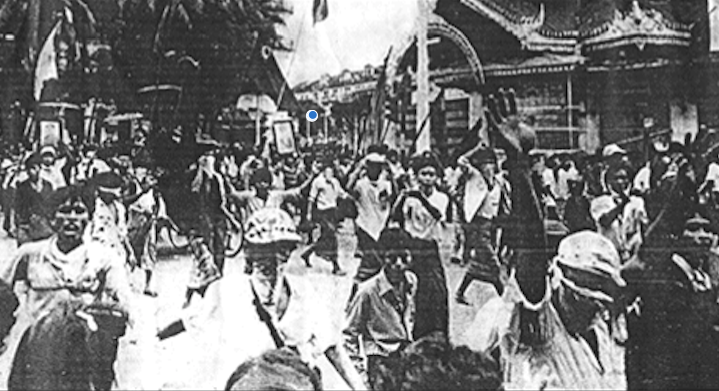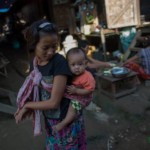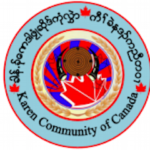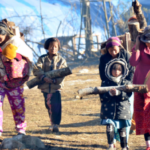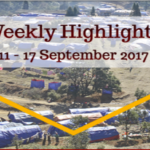By Mark Farmaner/Karen News | October 29, 2017
This month another forgotten anniversary is passing by without official acknowledgement.
The 8th of August 1988 is remembered for the nationwide protests and crackdown which followed. Troops opened fire on civilians, estimates put the number of people killed at more than three thousand, some as high as ten thousand. Thousands more were arrested.
In summaries of the history of Burma, the 88 uprising is always mentioned, but the focus is on what happened in Rangoon. Rarely do uprisings or crackdowns in ethnic areas receive much attention in summaries of Burma’s history.
Thousands of Rohingya were killed in operation Dragon King by the Burmese military in 1978, and quarter of a million Rohingya fled the country.
In 1984 a renewed military offensive in Karen State by the Burmese military killed hundreds of civilians and drove thousands out of the country, beginning the refugee crises on the Thailand Burma border that continues to this day.
The Rohingya were again targeted in 1991 and 1992, and again hundreds, if not thousands, were killed and hundreds of thousands fled Burma.
Another largely forgotten crackdown happened in the Irrawaddy Delta in 1991.
What became known as the Bogalay Crisis began in October 1991 when a Tatmadaw military patrol came across Karen National Liberation Army (KNLA) soldiers who were infiltrating the area hoping to start an uprising against the military dictatorship. The Burmese Army flooded the area with troops, and horrific human rights violations were committed against civilians in the process of crushing the uprising before it even began.
Even today, there are few accounts of what happened during this time. Eye witnesses I have interviewed describe how whole villages were rounded up and placed in camps under arrest. Some estimates are that 800-1,000 were killed, but others claim it was more than that. Some local villagers say there were mass graves with hundreds of bodies in each.
In interviews I have collected and reports from the Karen Human Rights Group, eye witnesses describe torture, executions, rape and mass looting by the Burmese military.
In one case a son was forced to rape his mother before they were both shot. Men and women were hung from trees by their arms and fires lit underneath them. Young men were tied up and soldiers used knives to cut the skin off their arms and legs.
Mass stabbings and throat cutting of villagers took place, with people being forced to dig their own graves before being killed. Villagers were beaten to death, bayonetted, stabbed, shot, burned and drowned. Women were gang-raped in front of their parents, family and other villagers.
One villager described how Burmese Army soldiers skewered his father from the anus to the mouth with a sharpened bamboo pole. Villagers were bombed by ships at sea, by planes and by helicopters. Whole villages were destroyed. Soldiers looted anything of value, including food, leading to hunger and sickness in the months that followed.
These human rights violations are very familiar from more recent United Nations reports of Burmese Army actions against the Rohingya in the past year, and from what has been happening in Shan and Kachin states. Impunity for past human rights violations enables these abuses to continue.
The increased military presence following the suppression of the Bogalay uprising led to further human rights violations, including regular beatings, rape, use of forced (slave) labour, confiscation of land and demands for produce.
Accorded to reports at the time, the military claimed 275 enemy combatants had been killed, 13 arrested and 3 surrendered. No-one believes these figures.
It is possible that some of the information given by those describing what happened around Bogalay in 1991 is exaggerated, although it is consistent with the behaviour of the Burmese military in other areas. Questions about what really happened are all the more reason for a proper investigation.
The wounds of the Bogalay massacres may be buried but they are not healed. Aung San Suu Kyi appears to be willing to forgive and forget, or at least ignore the past, for what she sees as a greater good of building better relations with the military. For many of those who went through such horrific experiences, they don’t see how there can be genuine change in the future without even acknowledging the horrific events of the past. They want truth, they want official acknowledgement of what happened. Many would like to go further and see those responsible face justice.
The Bogalay massacres are as much a part of Burma’s history as the 88 uprising. It may not have had the same nationwide political repercussions, but as with the 88 uprising, it is too significant an event to pass by year after year with no investigation having happened, no justice, and no official acknowledgement or commemoration for those who were killed.
This article originally appeared on Karen News on October 29, 2017. Mark Farmaner is Director of Burma Campaign UK.

